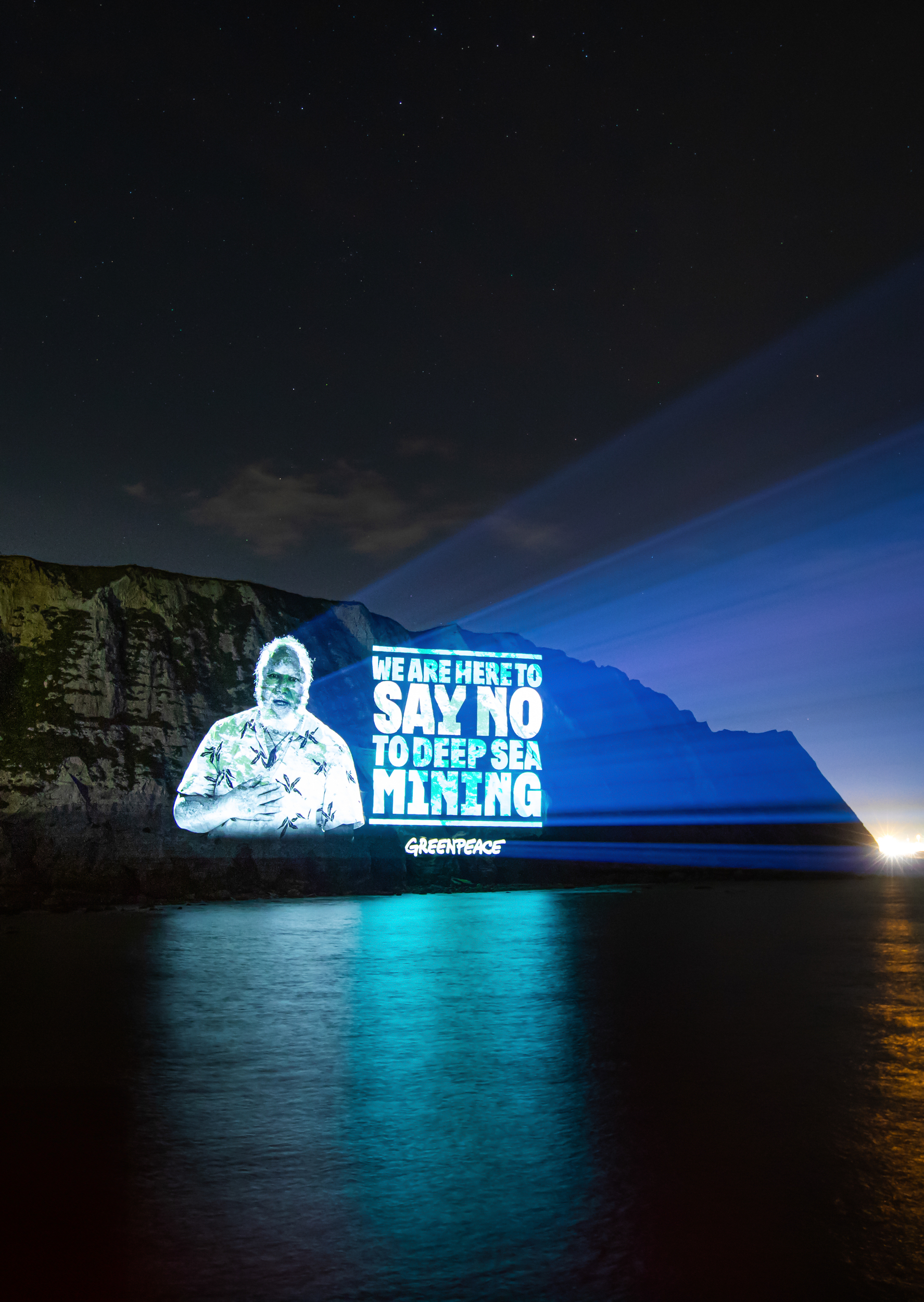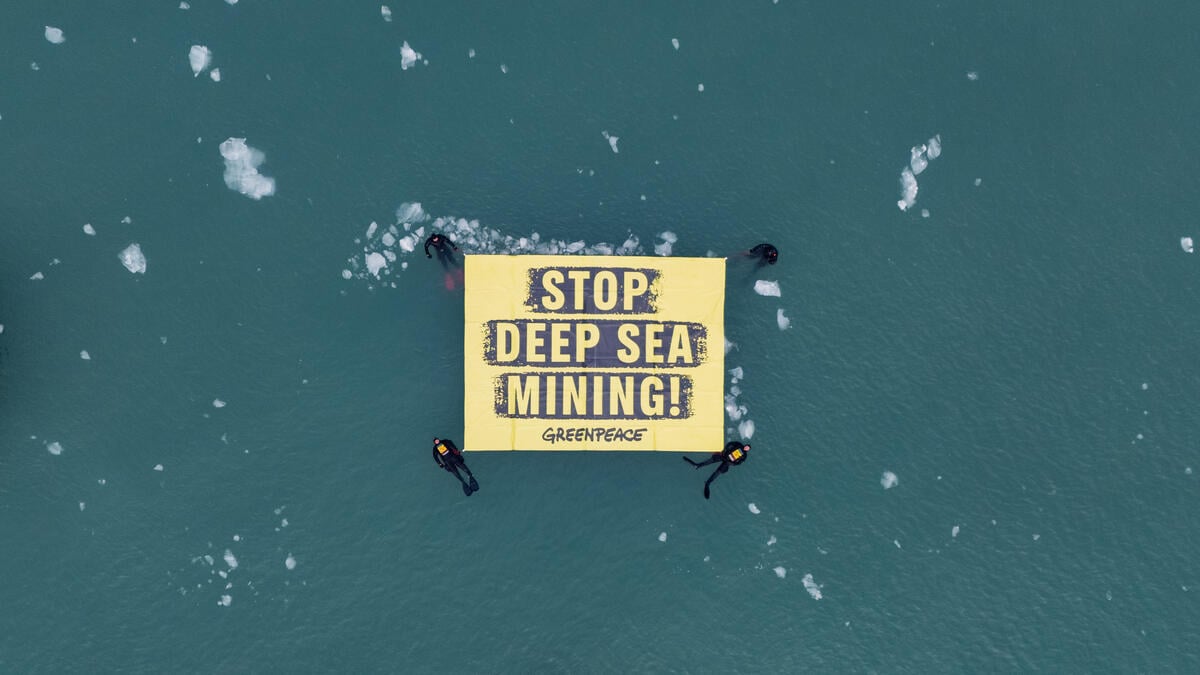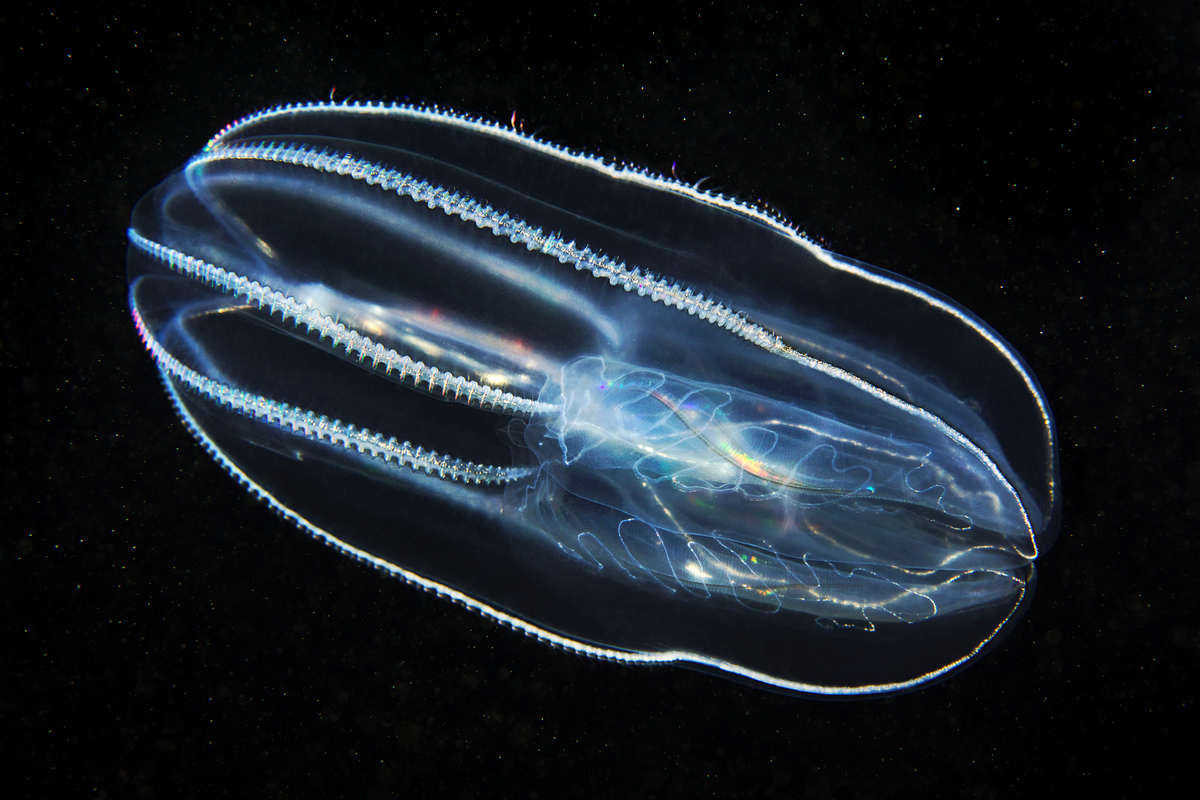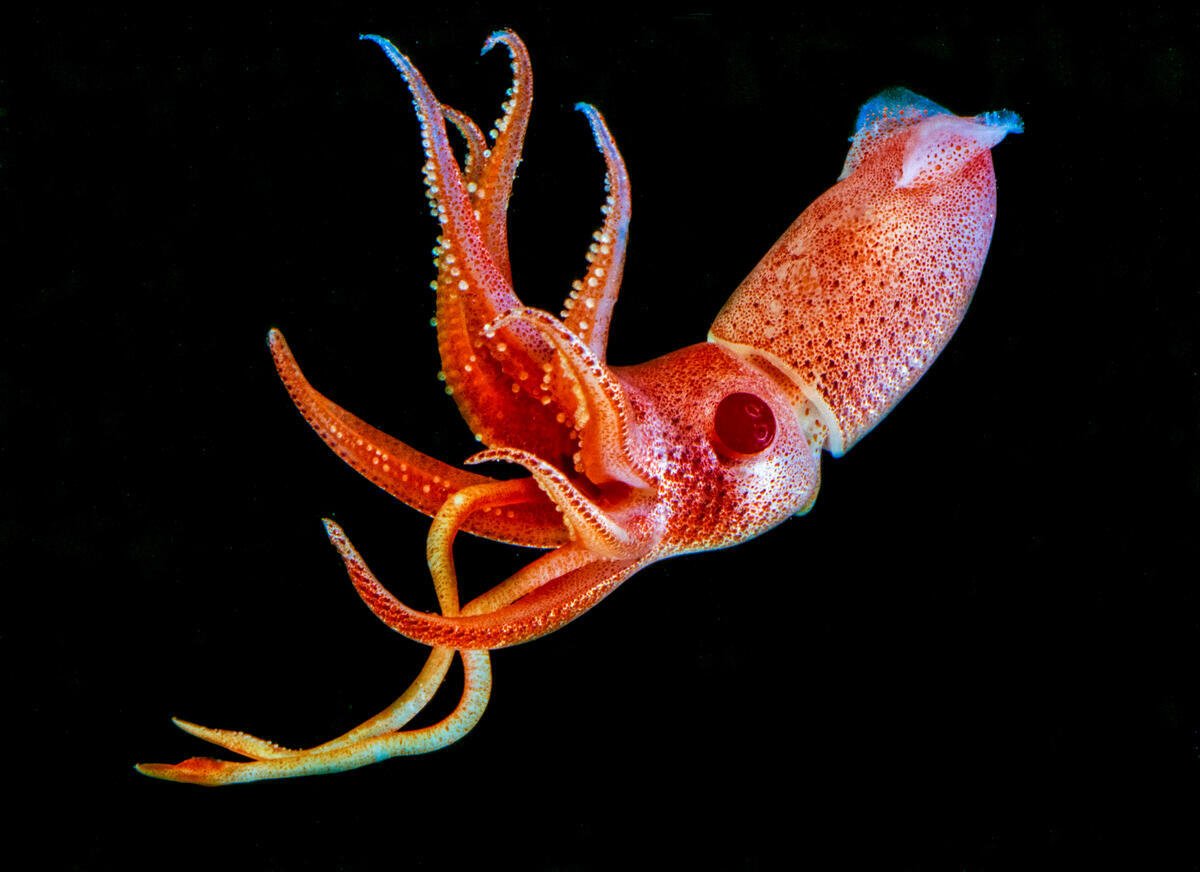The International Seabed Authority (ISA) negotiations end today with deep sea mining companies failing to get an immediate green light to start plundering the oceans. Opposition to deep sea mining within the ISA is mounting, with more than 20 governments calling for a pause.

The International Seabed Authority (ISA) negotiations end today with deep sea mining companies failing to get an immediate green light to start plundering the oceans. Opposition to deep sea mining within the ISA is mounting, with more than 20 governments calling for a pause.

Kingston, Jamaica, 28 July 2023 — The International Seabed Authority (ISA) negotiations end today with deep sea mining companies failing to get an immediate green light to start plundering the oceans. Opposition to deep sea mining within the ISA is mounting, with more than 20 governments calling for a pause.
“The deep sea mining industry was getting ready to plunge its mechanical teeth into the ocean floor, but their bet backfired as they have seriously underestimated the importance of science and equity over a merely speculative and profit-driven venture. The cracks are appearing in what has to date been a fortress for industry interests as a result of increasing public awareness and mobilization. It’s clear that most governments do not want their legacy to be green lighting ocean destruction”, said Greenpeace International Oceans campaigner Louisa Casson.
The decisions adopted by the ISA Council on 21 July effectively mean that a majority of countries — including Brazil, Costa Rica, Chile, Vanuatu, Germany, and Switzerland — did not yield to pressure from the industry — supported by nations such as Norway, Nauru, and Mexico — to fast-track rules for deep sea mining. Industry frontrunner The Metals Company saw its share price plummet as markets reacted to the news.[1] However, the ISA still failed to close a legal loophole for companies to start mining next year.
At the ISA Assembly this week, pro-mining nations reacted by attempting to silence the growing resistance to deep sea mining in the very place it’s up for negotiation: As of Friday morning, China is still opposing a proposal from Latin American, Pacific, and European governments to make space for debate. Such attempts at restricting opposition to deep sea mining went beyond the negotiating table, as the ISA Secretariat, frequently accused of being too close to the industry, restricted journalists and clamped down on peaceful protest during the meetings.
“Investors looking at what happened in the past week will only see a desperate industry trying to maintain the illusion it has any future. If deep sea mining was truly as sustainable as miners claim and their hearts were truly invested in helping the climate crisis, why block dissent? It’s become clear during these weeks that irresponsibly pressing ahead to mine the deep sea in the middle of a climate crisis is not only reckless but politically toxic. The world is fighting back against deep sea mining – there’s a big fight ahead, but the fight is on,” Casson continued.
The world is waking up to the significance of the threat from deep sea mining. The calls of Indigenous Peoples are being joined by people across the world: 37 financial institutions, over 750 scientists, and the fishing industry have also called for a halt.
“In the Pacific, the ocean is dear to us. It informs our lives and who we are as a people. The specter of deep-sea mining raises many concerns that remind us of the legacies our region has felt from other colonial extractive industries and the barbarous nuclear testing era. We call on world leaders to be better stewards of our ocean by joining the call for a moratorium,” said Joey Tau, Campaigner with the Pacific Network on Globalization (PANG) based in Suva, Fiji.
The Greenpeace network believes that the way to stop this industry is through a moratorium that focuses on putting protection in place, and that requires more governments to speak up to safeguard the ocean.
ENDS
Notes:
[1] $TMC traded at $2.85 USD on 11 July, had dropped to $1.82 USD by Friday 21 July and following the ISA Council.
Photos:
https://media.greenpeace.org/collection/27MZIFJL0L496
https://media.greenpeace.org/shoot/27MZIFJL41VYP
Contacts:
Sol Gosetti, Global Media Coordinator for the Stop Deep Sea Mining campaign, Greenpeace International: [email protected], +44 (0) 07807352020 WhatsApp +44 (0) 7380845754
Greenpeace International Press Desk: [email protected], +31 (0) 20 718 2470 (available 24 hours)



